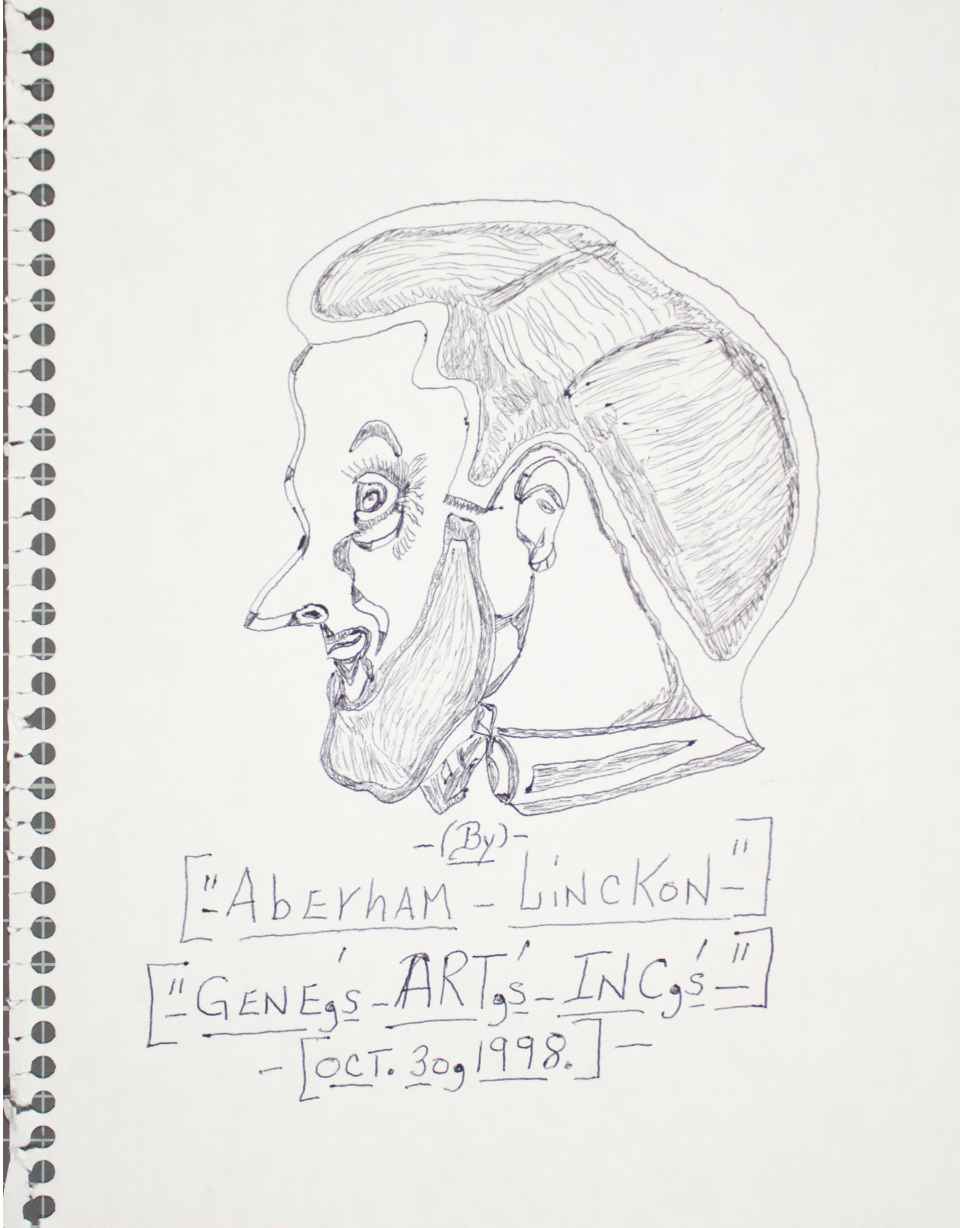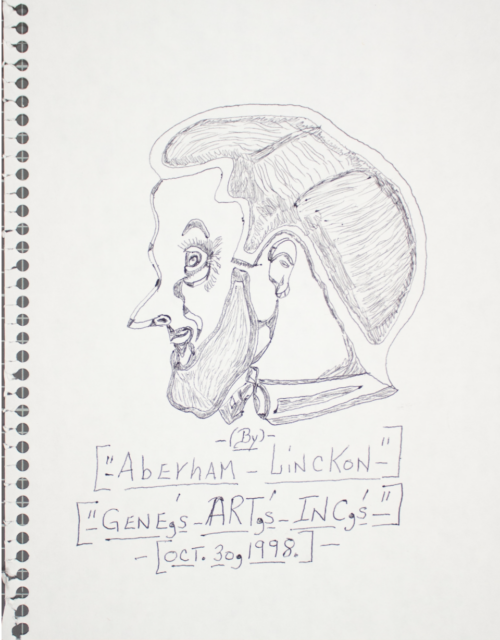As a child, I remember the joy of waking up on a cold Monday morning and realizing I could spend the day at home. Looking back, though I knew it was Presidents’ Day, I did not think much of it, aside from my gratitude for the day off.
As a political science major, I reflect on my youthful lack of awareness with curiosity, but in retrospect, it is no surprise that the holiday was not on my radar. I never actually learned about the origins or significance of Presidents’ Day in school, and as such, I didn’t give much thought to the day, aside from perhaps paying extra attention to my plastic US Presidents placemat, coveted among my siblings at meal time. Perhaps foreshadowing my passion for art history today, I loved to look at all the presidential portraits, neat ovals in rows along the placemat, but I always had a favorite. At seven years old, I admired the way that the photographer had captured Martin van Buren’s austere demeanor.
From those early days with my placemat, to a recent research paper on how the Medici family utilized portraiture as a means of exerting influence and communicating their role as de facto rulers of Florence, I have been deeply interested in portraiture and its complex, interconnected relationship with political leaders. I want to note that this discussion is by no means a comprehensive investigation of the significance of portraiture, in American history or otherwise. A topic with such complexity, gravity, and historical significance certainly warrants a much longer and more in-depth survey and exploration. This piece, rather, aims simply to clarify the original significance of Presidents’ Day and share an example of unconventional portraiture from the collection of the Van Every | Smith Galleries.
Understandings of the significance of Presidents’ Day vary: while some believe that the day honors the accomplishments of all US presidents, many Americans feel that the holiday strictly applies to George Washington and Abraham Lincoln, likely thanks to the holiday’s initial recognition of Washington’s birthday.
As Presidents’ Day approaches, I am exploring the original meaning of the holiday as I seek to assuage my younger self’s curiosity and present the two separate but related ways the holiday is understood. How did Presidents’ Day originate, when, and why?
Presidents’ Day was first celebrated in the 1880s. Initially, the day commended the birth of George Washington and was celebrated as a federal holiday. In 1968, however, Congress passed the Uniform Monday Holiday Bill; thus, today, the holiday is celebrated annually on the third Monday in February.
This simple origin story gives merit to the arguments of both those who believe the holiday celebrates all presidents, as well as those who feel it honors only Washington and Lincoln.
As I browsed works from the Van Every | Smith Collections to incorporate into my exploration of Presidents’ Day, I found one piece particularly striking. Admittedly, I am biased toward portraits, but this one resembled none I had ever seen before.

Gene Merritt, Aberham Linckon, 1998, 1998. Ink on paper. 11 x 8.5 in (27.94 x 21.59 cm).
I was initially struck by the physical nature of this artwork: the materials of the piece undermine conventions of portraiture. In stark contrast to the intricate, grand, and imposing portraits of other commanders-in-chief, typically rendered on canvas, artist Gene Merritt has chosen a sheet of paper on which to create the portrait. Additionally, in opting out of incorporating color, Merritt omits Lincoln’s widely recognizable copper hair.
Rather than employ the traditional grandeur and stark accuracy which characterizes many presidential portraits, Merritt further challenges the canon of presidential portraiture. He creates a simple yet deeply charged rendering, abandoning the common practice of idealized depictions.
This Presidents’ Day, I am reflecting upon how art serves as a vessel for communication. Portraiture, specifically, exerts a particularly high degree of agency in influencing public perception, and the subversion of norms by contemporary artists brings forth a myriad of questions worth pondering.
“Presidents’ Day.” Encyclopædia Britannica, December 14, 2024. https://www.britannica.com/topic/Presidents-Day.
-Heidi McGannon ’26

